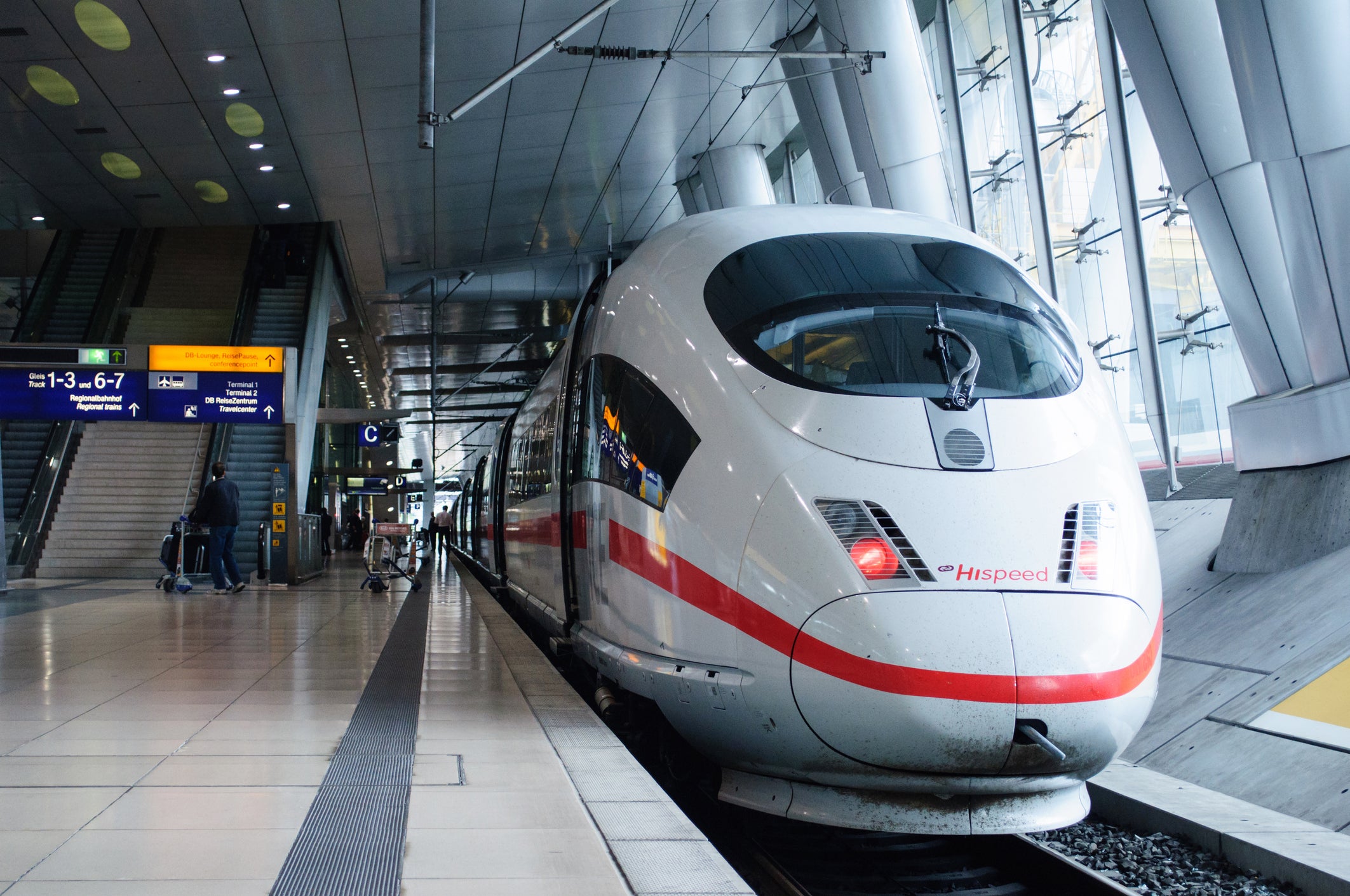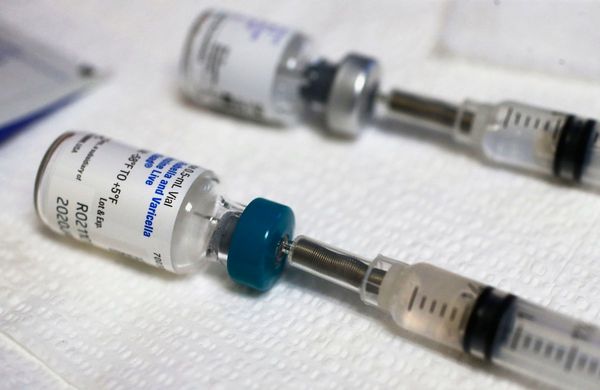
Deutsche Bahn (DB) has announced it will launch a hydrogen train and accompanying gas station by 2024, in a system set to save 330 tons of carbon emissions in one year.
The German rail company has said it will run a comprehensive year-long trial of the new system, which will replace a diesel engine running between Tübingen, Horb and Pforzheim in the southwest state of Baden-Württemberg.
DB is converting one of its maintenance workshops so that the hydrogen train can be serviced there, alongside developing a new type of filling station that means it will be just as quick to refuel as a diesel train, taking just 15 minutes.
Siemens Mobility is responsible for building the new train, while the Federal Ministry of Transport and Digital Infrastructure (BMVI) is providing the funding.
The hydrogen train should initially be able to run for 600km before needing to be refuelled, roughly equivalent to the distance between London and Edinburgh. Its top speed will be 160km/h.
The move is part of DB’s pledge to run a carbon neutral operation by 2050, which requires the company to phase out its use of diesel engines.
“The fact that we are producing the hydrogen on site from green electricity and will refuel the train as quickly as a diesel train shows that the climate-friendly transport turnaround is possible,” said Professor Sabina Jeschke, DB board member for digitization and technology.
“We have to bring fossil fuel consumption to zero. This is the only way for DB to be climate neutral in 2050. Then we will not run a single vehicle with conventional diesel.”
Hydrogen propulsion is an “emission-free and advanced form of propulsion for trains that enables the decarbonisation of rail transport and makes a significant contribution to achieving our climate goal,“ according to Michael Peter, CEO of Siemens Mobility.
In hydrogen propulsion, the reaction of hydrogen and oxygen generates electrical energy and, as a waste product, water.
The hydrogen will be generated by electrolysis in a mobile filling station, where water is split into hydrogen and oxygen.
The hydrogen will be compressed and stored in a storage facility.
During the hydrogen train’s trial year, about 120,000km of scheduled rail journeys are currently planned.







